Yarra Valley Water

Keeping Pace with Infrastructure Churn
Yarra Valley Water (YVW)
YVW is the largest of three retail water organisations owned by the Victorian Government. It provides Water, Sewerage and recycled water services to more than 1.7 million people and over 50,000 businesses in the northern and eastern suburbs of Victoria’s largest city, Melbourne. YVW retails this water to households and businesses located as far north as Wallan and as far east as Warburton, an area of about 4000 square
kilometres.
Challenge
Managing a precise description of Water, Sewerage and Recycled Water, which is accurate enough to be used for commercial and engineering decisions, is a major undertaking. The organisation recently implemented Hexagon’s G/Technology to provide GIS functionality. It gives users a complete description of the network.
However, the physical network is in a constant state of churn as it expands and changes to meet new demands from customers. Moreover, much of the work is undertaken by sub-contractors, who do not have access to the YVW information system. Mat Okurowski, the manager of YVW’s Asset and Network Data Systems, says “we needed to find a way to efficiently manage constant tweaking of the database, so we took advantage of the opportunity provided by the introduction of G/Technology to redesign access to the system. It has resulted in considerable improvements to the productivity of the operation”.
Solution
Yarra Valley Water engaged 1Spatial to develop a new and advanced Development Industry Translator (DIT), specifically to manage updates to the system. The DIT application developed by 1Spatial utilises FME Server for the task, as it is especially adept at transforming complex spatial data and translating data from one format to another. It allows systems designers and external contractors to lodge their engineering drawing in DGN or DXF format. YVW is then able to automatically validate them, ensuring they meet their engineering drawing standards and transferring them to the G/Technology system with a minimum of effort.
Development Industry Translator updates
Development Industry Translator is built around the FME Server product developed by Safe Software. The DIT
application is used to validate changes to the database that are presented as CAD files and to publish them in G/Technology with minimal human intervention.
The Process
The DIT is designed so that users can create as-constructed drawings of the new assets in their own computer-aided design systems. Users capture attributes relevant to drawings in text files (ASCII files) and bundle them into a zip file with the related CAD drawings to upload into the DIT validation system. As Priyantha Pallegama, senior consultant at 1Spatial explains, when users are ready to upload the drawing, they connect to the application through a web browser FME Server provides, which authenticates the credentials of the user and then invokes one of three different templates to reflect different design rules for Water, Sewerage or Non Drinkable Water (NDW). These templates are generated by seed files stored in a database. User inputs can be categorised into two main streams, ‘linked’ and ‘unlinked’. In the case of ‘linked’ data, the DIT application merges attribute data in text files with CAD features using a unique ID. The ‘unlinked’ process requires analyses of the spatial relationship between CAD features and text file attribute records using coordinate information which is held in both files.
When the template is complete, it is verified to ensure that all the attributes have been filled in and the resulting engineering details conform to the design rules established by YVW for the three different networks. These rules are held in a separate file that is called by the user interface. Any geometry or attribute errors identified by the DIT application are compiled into a HTML report and streamed back to the user who submitted the request to review. Users can view or edit their submitted asset information and re-submit as required.
Once this process is complete, the system transforms the CAD drawing file (in DXF or DGN format) into a geometry that can be understood by the G/Technology geographic information system and uploads the new data to the database. The entire process, from the creation of the drawings through to posting them as changes to the database, is automated.
Rule Checking
Mat Okurowski outlined that there is rigorous rule-checking to ensure the new data conforms to the same standards as the rest of the geometric data in the database. YVW maintains a rule book in a database that enables non-technical users to easily review and maintain the design rules that are used to validate the submitted data. If there are errors in the submitted data, that information is communicated back to the user without the need for manual input from a YVW employee. If the information passes this inspection, the new data is merged into the existing database.
All the annotation and drawing attributes are also merged into the system at this stage. Finally, a report is sent back to the original user that includes any error messages from the workflow.
Development Path
Currently, the 1Spatial Development Industry Translator is only being used by Internal Staff. However, as Mat Okurowski indicated, the organisation is increasingly using outside contractors to undertake construction work on its infrastructure and therefore envisage’s that in the future contractors, who do much of the design and implementation of changes to the assets in the field, will utilise the DIT directly to update the G/Technology system.


